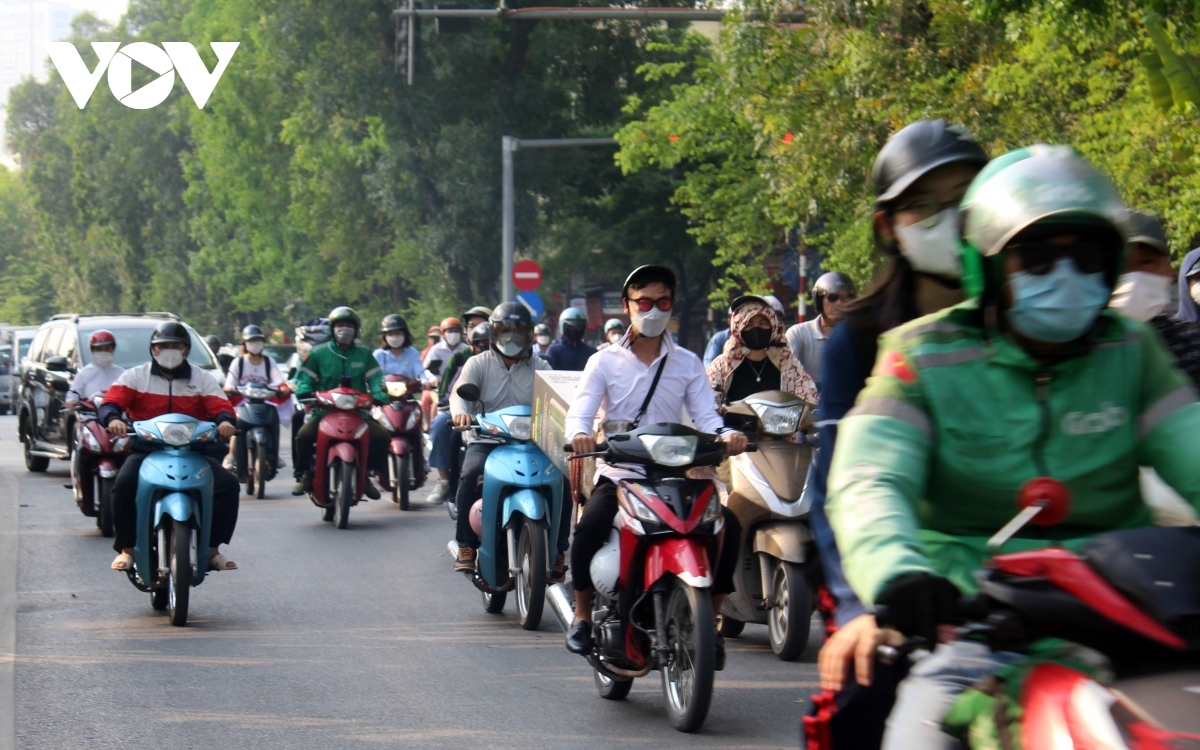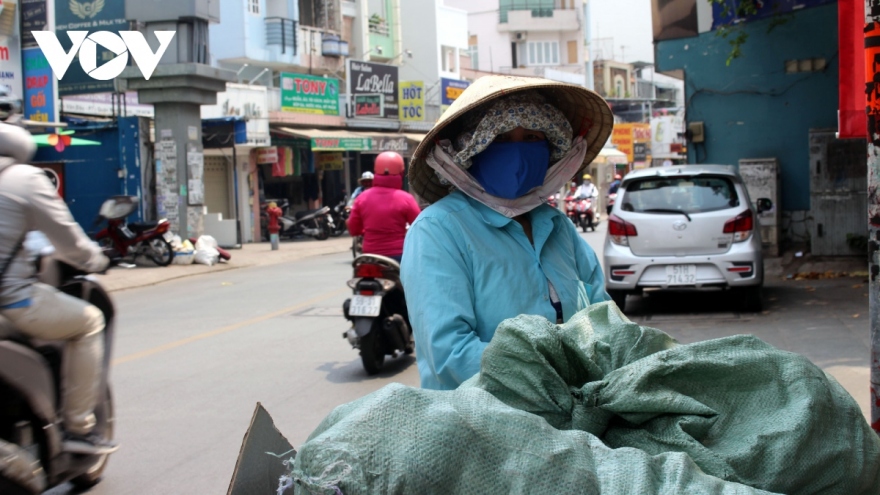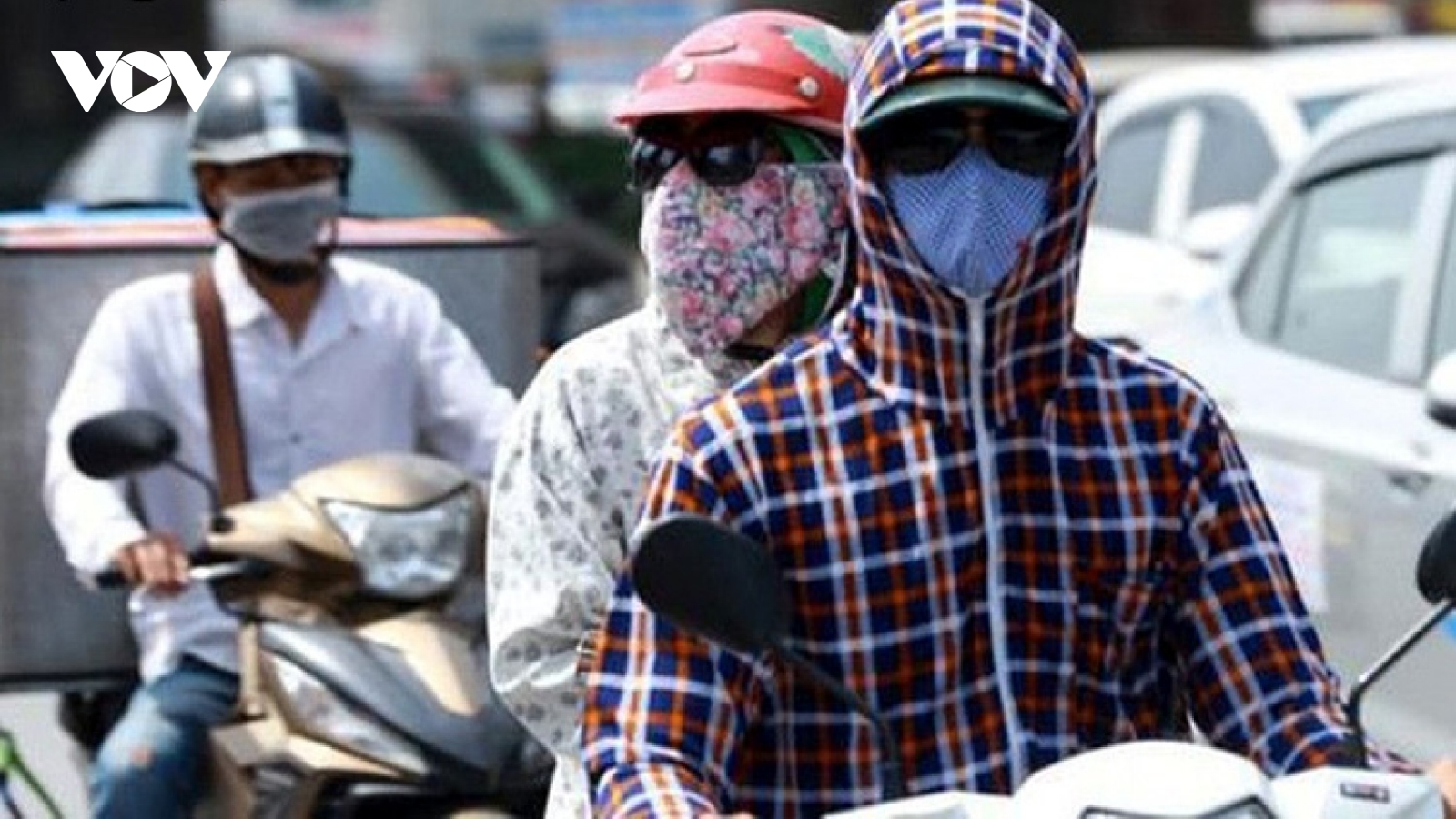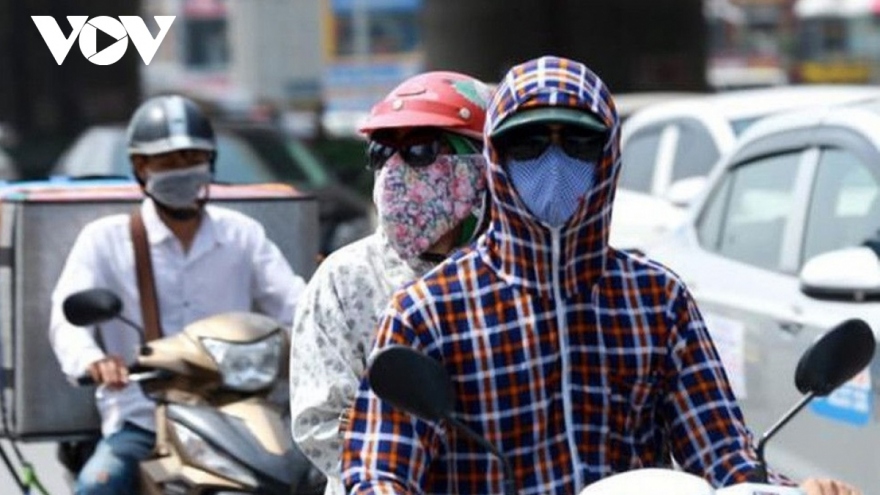Intense heat likely to return this year, warn weather experts
VOV.VN - Vietnam is likely to endure another year of baking heat in 2024 following the second hottest recorded year in history in 2023, according to the National Centre for Hydro-Meteorological Forecasting (NCHMF).

Heat waves are likely to occur earlier than usual, whilst it also looks likely that temperature records will be set amid increasingly unusual and fierce natural disasters, warn NCHMF experts.
Southern localities, including Ho Chi Minh City, experienced their first heat wave of the year in January and early February, with daytime temperatures ranging between 36°C and 38°C, humidity falling to below 40%, and the UV index staying at harmful levels.
Experts say that the El Nino phenomenon is forecast to remain until April before then weakening and changing to a neutral phase from May to July. This adverse weather pattern is likely to change to La Nina by the end of the year with a probability of 50% to 60%.
If this scenario occurs, then heat waves in the Southern, Northwestern, Northern, and Central regions are likely to come early and occur more frequently compared to the average seen in previous years.
The El Nino phenomenon is anticipated to cause severe heat waves in the Southern region, mostly in March and April, as well as in the Northwestern and Northcentral regions in late February.
Between March and May, the common temperature is set to be about 0.5°C to 1.5°C higher than the average for many years.
Vietnam endured 20 heat waves in 2023 - the year with the most widespread heat waves over the past six years and five more than the average seen in recent years.
Notably, the temperature in Tuong Duong district of central Nghe An province rose to a high of 44.2°C on May 7, 2023 - the highest temperature recorded in the country’s meteorological history.
2023 was also confirmed by the World Meteorological Organization (WMO) to be the hottest year over the past 174 years, with the global average temperature reaching about 1.45°C higher than the average temperature of many years in the pre-industrial period from 1850 to 1900.



